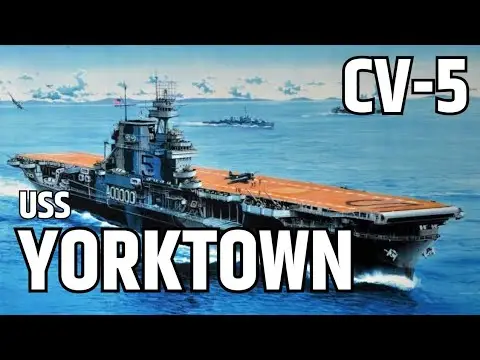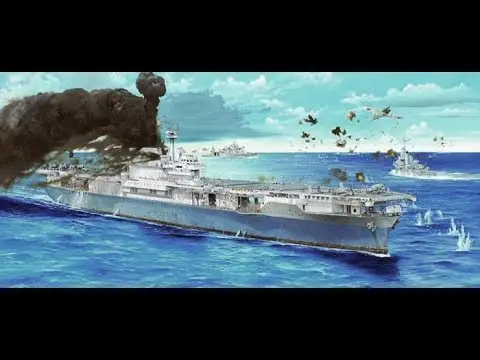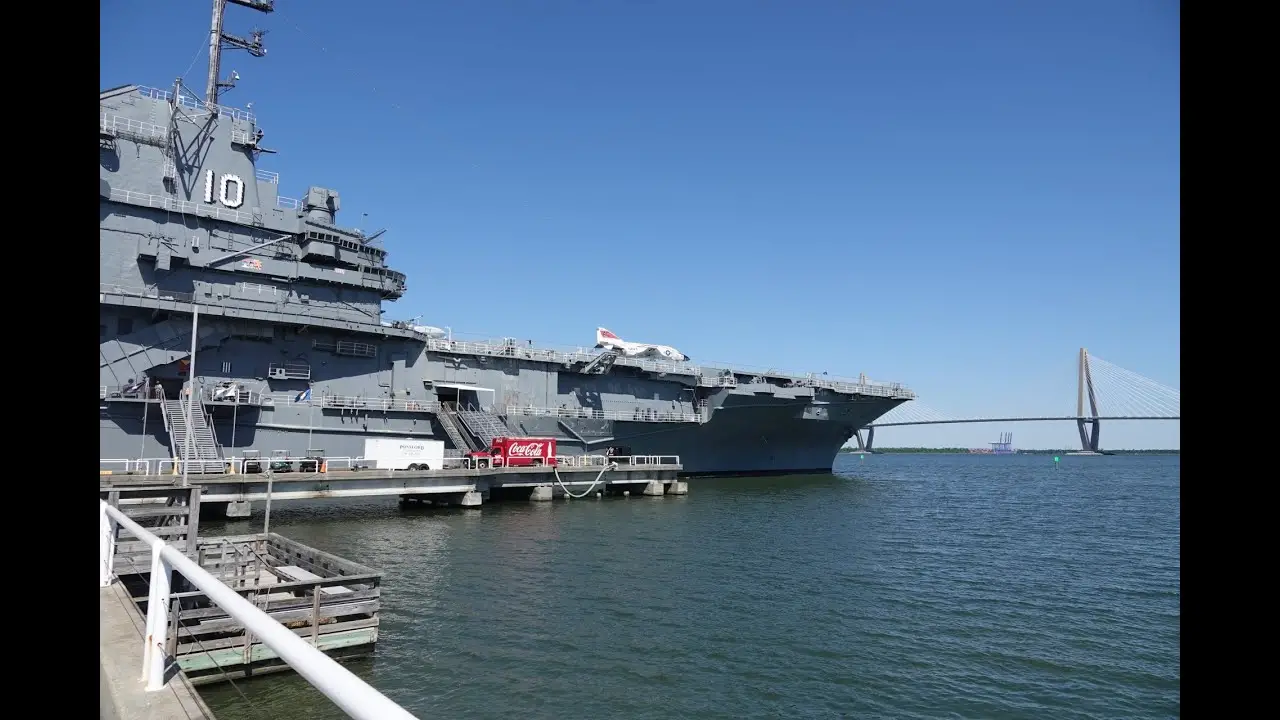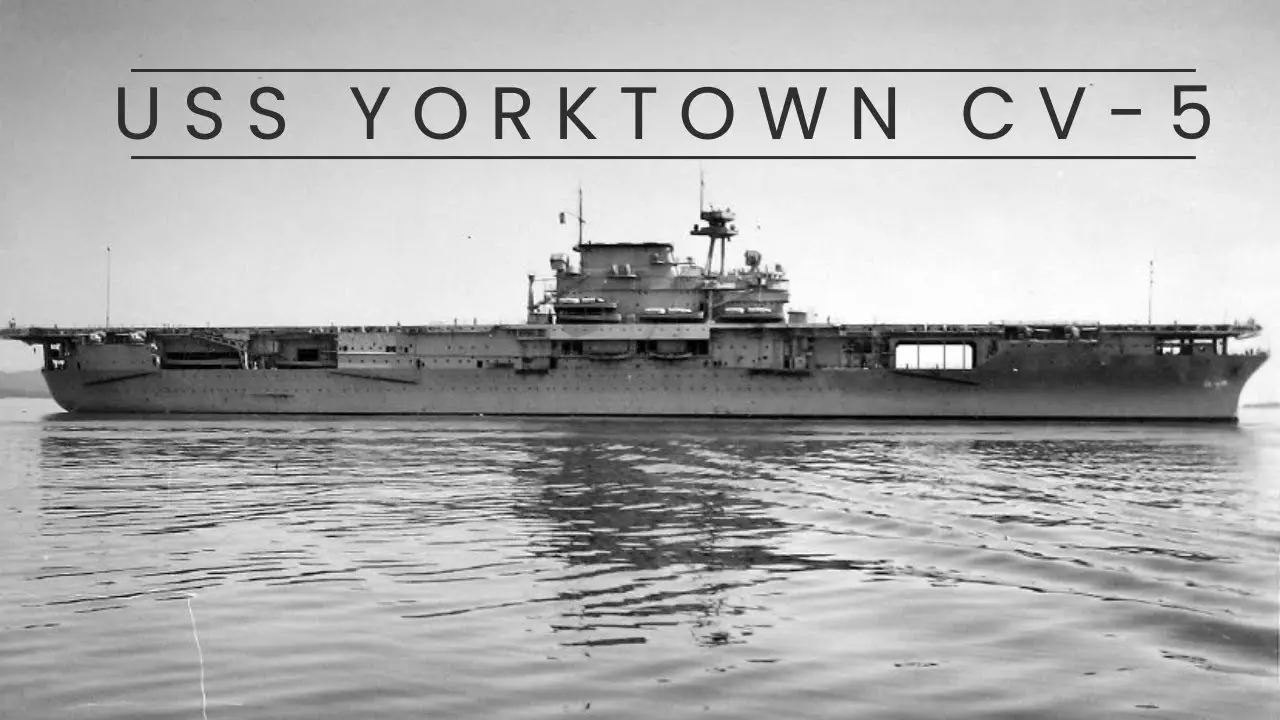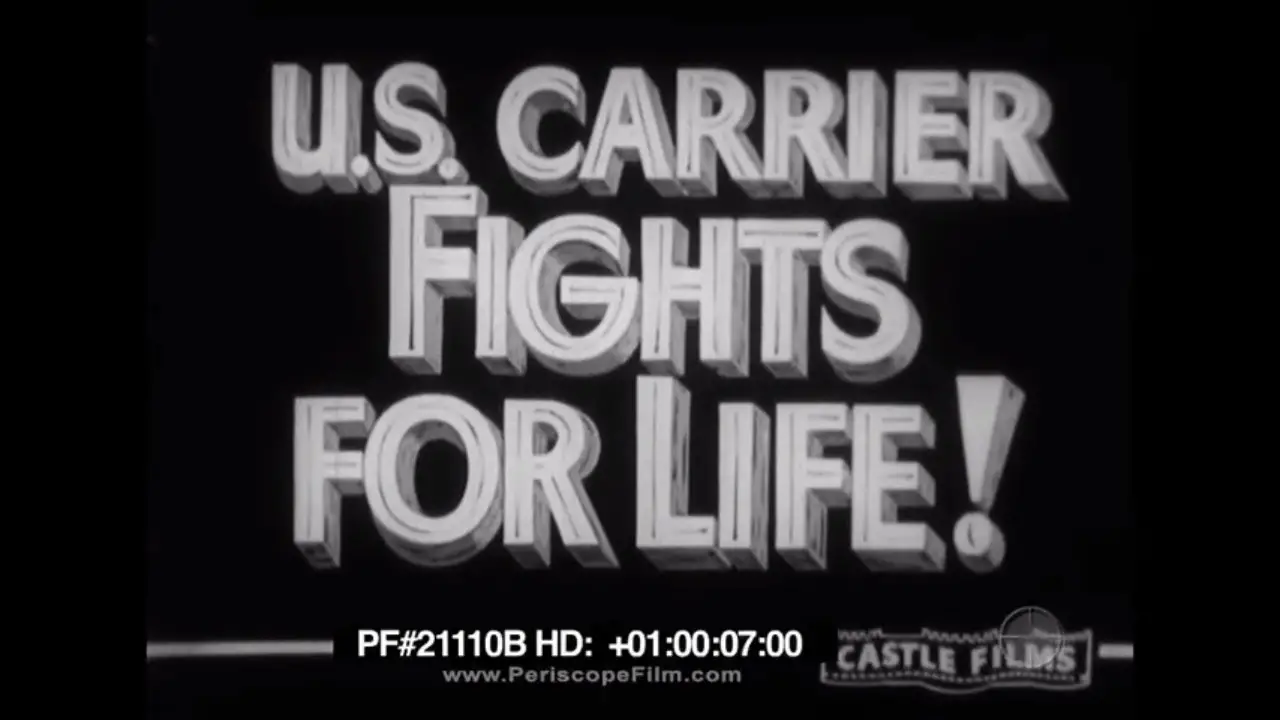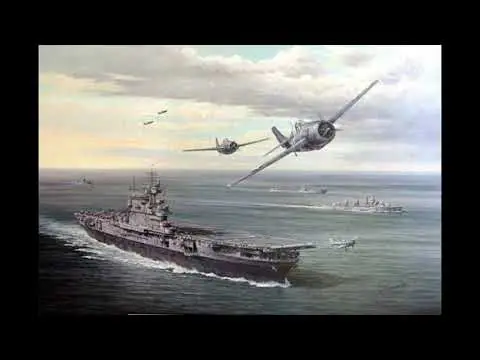Discover the History of USS Yorktown (CV-5) – A Legendary Aircraft Carrier
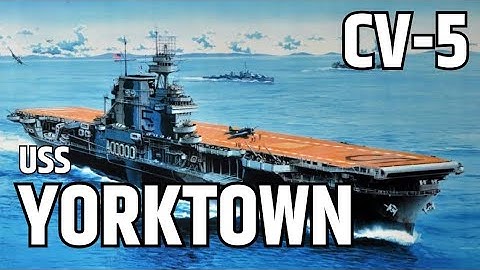
The USS Yorktown (CV-5) was one of the most iconic aircraft carriers in the history of the United States Navy. It played a crucial role in World War II and was known for its impressive record in battles and campaigns. The ship was named after the Battle of Yorktown during the American Revolutionary War and was the second US Navy ship to bear this name.
In this blog post, we will dive into the fascinating history of the USS Yorktown (CV-5). From its construction and design to its final mission and sinking, we will explore the key events and moments that defined this legendary aircraft carrier. Join us as we take a trip down memory lane and discover the legacy of USS Yorktown (CV-5).
History of USS Yorktown (CV-5)
The USS Yorktown (CV-5) was laid down on May 21, 1934, at Newport News Shipbuilding in Virginia. It was commissioned on September 30, 1937, with Captain Ernest D. McWhorter as its first commanding officer. The ship was classified as an aircraft carrier and had a displacement of 20,100 tons.
During its early years, the USS Yorktown (CV-5) participated in training exercises and operations in the Caribbean and along the East Coast. In December 1941, the ship was transferred to the Pacific Fleet and became a part of the Task Force 17. This marked the beginning of its vital role in World War II.
Construction and Design of USS Yorktown (CV-5)
The USS Yorktown (CV-5) was part of the Yorktown-class of aircraft carriers and had a unique design compared to other carriers at the time. The ship had a length of 809 feet and a beam of 83 feet. It also had a maximum speed of 32.5 knots and could carry up to 90 aircraft.
One of the key features of the USS Yorktown (CV-5) was its armored flight deck, which provided extra protection for the crew and aircraft. It also had an advanced anti-aircraft defense system, making it a formidable opponent in battles.
The construction of the USS Yorktown (CV-5) faced many challenges, including budget cuts and delays. However, the hard work and dedication of the shipbuilders at Newport News Shipbuilding ensured that the ship was completed on time and was ready for service in 1937.
USS Yorktown’s Role in World War II
The USS Yorktown (CV-5) played a vital role in World War II, from the early days of the war in the Pacific to its final mission in 1942. The ship participated in numerous battles and campaigns, earning it the nickname “Fighting Lady.” Let’s take a closer look at some of the key events that defined the USS Yorktown (CV-5) during the war.
Exploring the History of USS Saratoga (CV-3) A Legendary Aircraft Carrier
Battles and Campaigns of USS Yorktown (CV-5)
The first major battle that the USS Yorktown (CV-5) was involved in was the Battle of Coral Sea in May 1942. This was a significant turning point in the war as it was the first naval engagement where the opposing ships did not engage each other directly. Instead, the battle was fought entirely by carrier-based aircraft.
Despite being heavily damaged, the USS Yorktown (CV-5) played a crucial role in the battle, launching airstrikes that severely damaged the Japanese aircraft carrier Shokaku. This forced the Japanese to withdraw from the battle, securing a strategic victory for the US Navy.
Just a month later, the USS Yorktown (CV-5) was once again involved in a pivotal battle – the Battle of Midway. This was a decisive victory for the US Navy as they were able to sink four Japanese aircraft carriers, including the Akagi and Kaga, which had previously participated in the attack on Pearl Harbor.
The USS Yorktown (CV-5) was heavily damaged during the battle and was later sunk by a Japanese submarine. However, its contributions to the battle were crucial in securing the US victory and turning the tide of the war in the Pacific.
USS Yorktown’s Crew and Commanders
Throughout its service, the USS Yorktown (CV-5) had an impressive crew and commanders who played a crucial role in its success. Captain Ernest D. McWhorter was the ship’s first commanding officer and led the crew through its initial training and operations.
One of the most notable commanders of the USS Yorktown (CV-5) was Captain Elliott Buckmaster, who took command of the ship in January 1942. Under his leadership, the USS Yorktown (CV-5) became one of the most formidable carriers in the US Navy.
The crew of the USS Yorktown (CV-5) also played a vital role in the success of the ship. They were known for their bravery, dedication, and teamwork, which were critical factors in the ship’s numerous victories in battles and campaigns.
Legacy of USS Yorktown (CV-5)
The USS Yorktown (CV-5) left a lasting legacy in the history of the US Navy. Its contributions to World War II and its impressive record in battles and campaigns have cemented its place as one of the most legendary aircraft carriers in American history.
The ship’s nickname, “Fighting Lady,” is still used today to honor its bravery and service during World War II. The USS Yorktown (CV-5) also received numerous awards and accolades, including the Presidential Unit Citation and the Asiatic-Pacific Campaign Medal.
Even after its sinking, the USS Yorktown (CV-5) continues to inspire and educate people today. Its story has been told through books, documentaries, and even a popular board game called “Fighting Lady” that simulates the ship’s battles in World War II.
Exploring the History of USS Lexington (CV-2) A Legendary Aircraft Carrier
USS Yorktown’s Final Mission and Sinking
On June 4, 1942, while participating in the Battle of Midway, the USS Yorktown (CV-5) was hit by a torpedo from a Japanese submarine. The damage was severe, and the crew worked tirelessly to save the ship. However, on June 7, another attack sunk the ship, and it went down with 142 of its crew members.
The sinking of the USS Yorktown (CV-5) was a significant loss for the US Navy, but its legacy continued to live on. Its sister ship, the USS Intrepid (CV-11), was later named Yorktown-class carrier in honor of the legendary aircraft carrier.
Salvage and Discovery of USS Yorktown (CV-5)
For decades, the wreckage of the USS Yorktown (CV-5) remained untouched at the bottom of the Pacific Ocean. In 1998, a team of deep-sea explorers discovered the wreck of the ship, lying in almost perfect condition, resting on the sea floor.
In 2000, an expedition led by Dr. Robert Ballard, the same person who discovered the Titanic, was able to capture incredible footage of the USS Yorktown (CV-5) at the depth of 16,650 feet. The footage revealed a well-preserved ship, with its bow and stern still recognizable.
The salvage and discovery of the USS Yorktown (CV-5) provided a unique opportunity to study and preserve this important piece of history. Many artifacts and personal belongings of the crew were also recovered and are now displayed at the Patriots Point Naval Maritime Museum in Mount Pleasant, South Carolina.
Preservation and Commemoration of USS Yorktown (CV-5)
In 1998, a special commission was formed to commemorate the legacy of the USS Yorktown (CV-5). The commission organized numerous events and activities to honor the ship and its brave crew.
Today, the USS Yorktown (CV-5) continues to be remembered and honored through various preservation efforts. In 2016, a new USS Yorktown (CV-10) exhibit was opened at the Patriots Point Naval Maritime Museum, featuring artifacts and information about both ships.
Additionally, the USS Yorktown Association, a non-profit organization dedicated to preserving the history of the USS Yorktown (CV-5) and its crew, offers support and resources for survivors and their families. They also organize annual reunions and events to remember and honor the service of the USS Yorktown (CV-5).
Comparison to Other Aircraft Carriers of the Time
The USS Yorktown (CV-5) was not the only aircraft carrier in operation during World War II. It had two sister ships, the USS Enterprise (CV-6) and the USS Hornet (CV-8), which were also involved in the war. However, the USS Yorktown (CV-5) stood out from these carriers in many ways.
Compared to the USS Enterprise (CV-6), the USS Yorktown (CV-5) was slightly smaller in size and had a different design, with an armored flight deck and advanced anti-aircraft defense system. The USS Hornet (CV-8) was slightly larger than the USS Yorktown (CV-5) but did not have an armored flight deck.
Despite these differences, all three carriers played crucial roles in World War II and left a lasting impact on the US Navy and the world.
Conclusion
The USS Yorktown (CV-5) has a rich and fascinating history that continues to captivate people today. From its construction and design to its final mission and sinking, the ship has left an indelible mark in the annals of American naval history.
As we reflect on the legacy of the USS Yorktown (CV-5), let us remember the bravery and sacrifice of its crew and commanders. Their courage and determination in the face of adversity will always be remembered and honored. The USS Yorktown (CV-5) will forever remain a symbol of American strength, resilience, and heroism.


